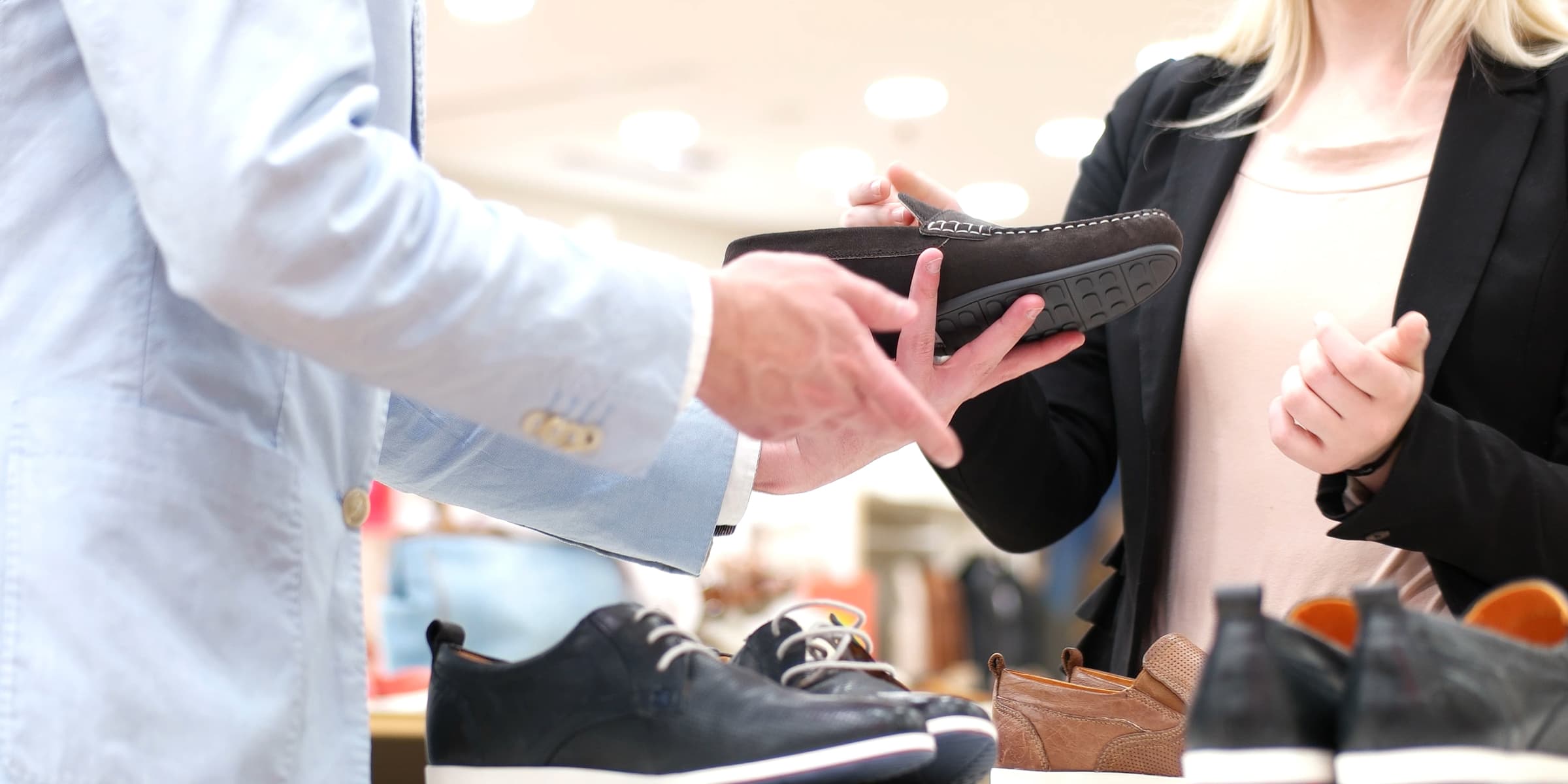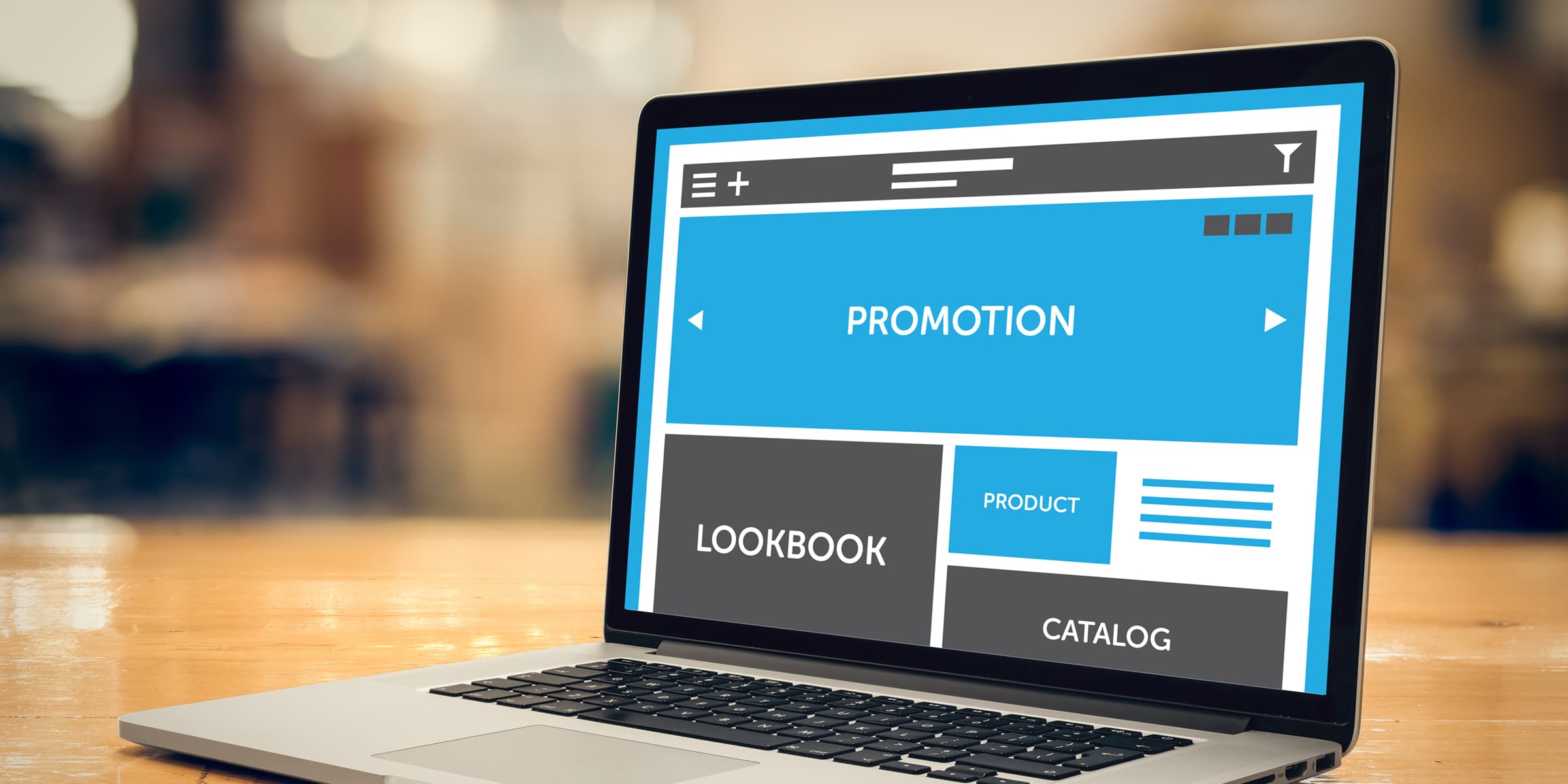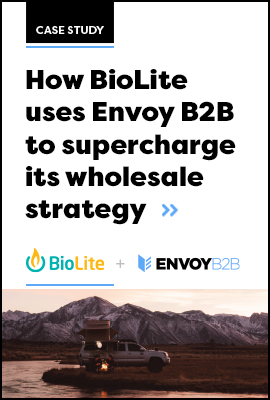Retail has changed. Demanding customers aren’t dashing into a store, looking for the nearest clearance rack, forking over a few bucks, and leaving. These days, people are looking for an experience.
While yesterday’s customers wanted speed, convenience, and affordability, today’s consumers expect retail sales staff to have product knowledge and brand knowledge. Only then can they make an informed decision to buy.
Do you want proof that the retail landscape has changed? Consider the following:
- Wal-Mart’s bottom line has shrunk from $36.3 billion to $32.1 billion over the last three years.
- Target’s sales have dropped by 5.8% over the last year—a cool $4 billion if you’re keeping track.
- Best Buy has seen negative growth in every one of the last five years.
While the data is interesting, it only tells us the what. It doesn’t give us the why.
And if big-box stores are struggling, does that mean retail is dying?
No. In fact, it’s very much alive—it’s just that the growth in the industry isn’t at the big-box chains.
Specialty retail stores are doing great, and brands can (and should) take advantage of the that growth.
Giving Retailers What They Need to Be Successful
So how come specialty stores are doing so well?
For starters, shopping in a specialty store is experience-driven.

In other words, it’s about more than just a transaction. Making a purchase at a specialty store is just one part of the overall customer experience.
In addition, specialty stores are high-knowledge environments.
Because they focus on a much narrower range of products, specialty stores attract customers who want to really learn about the products they’re thinking of buying. Product knowledge and brand knowledge are key.
Retail, then, is becoming less transactional and more service-oriented. This new experiential dynamic is changing what your retail partners need from you to be successful. You need to bring real value to your retail relationships—every season.
Any platform you use has to produce gains in the three Es: efficiency, education, and enablement.
- First, you need to give your retail partners an efficient method for connecting with your brand—something faster and easier than a system based on spreadsheets or paper order forms. A living, breathing B2B platform—designed specifically for the footwear and apparel industries—provides these efficiency gains.
- Second, you need to educate your stakeholders. You need to have an ongoing conversation with them about your products. What are the stories behind your offerings? How do those stories make your products more attractive? A good platform gives you a way to start this conversation—and keep it going season after season.
- Third, you need a sales enablement tool. At its core, a digital-first approach should provide insights into buyers’ purchases and help you tweak your sales strategy.
Efficiency Gains: So Long, Spreadsheets
If you’ve worked for any length of time in the retail industry, then you’re familiar with the old way of doing things: print materials, back-and-forth emails, and contacts with brand reps.

This low-tech “system”—if you can even call it that—has a few major drawbacks.
First, you have time lags and inefficiencies. A day or two could easily pass between the time that a buyer agrees to place an order and when the order is actually placed.
And it only takes one error when placing an order to add unnecessary delays. The staff at kids’ shoe manufacturer See Kai Run knew that all too well: they used to manually enter orders that their customers sent them by email, fax, or snail mail.
As soon as they switched to a cloud-based B2B platform, errors from manual entry all but disappeared, which has had positive effects on their process at every level. (Read an interview with See Kai Run.)
But a good B2B platform doesn’t just solve the problem of data entry. It’s also available all the time.
This 24/7 access can’t be overstated. Imagine that one of your reps is not available to take a buyer’s call because it’s after hours where you are but late afternoon where the buyer is.
Instead of waiting until the next business day—when that buyer may be busy putting out fires—she can log on to her system and place orders, learn about key technologies, or check out the features of a particular product.
Howler Brothers, an Austin-based outdoor outfitter, has recently discovered just how much time they could gain from going digital.
The platform that the company uses allows its customers and reps to take more control over the ordering process, and these efficiency gains allow the staff to focus on other aspects of the business. (Read more about Howler Brothers.)
A digital-first strategy seeks to improve order accuracy errors, speed up processes, and promote accessibility.
Educate Your Retail Partners: One Brand, One Message
Marketing is education. Your job is to educate buyers about your brand, with the goal of turning them into experts on your products.
Those buyers, in turn, deliver an experience to the end customer that goes beyond a simple transaction.
So how you do educate your buyers?
Simple – you create a content destination, a platform for education and knowledge. It showcases everything from the highly visual (images of product lines, hi-res videos) to the more mundane (product specs, pricing info).

When you deliver meaningful content to your retailer and make it easy to engage with that content, it encourages participation. And that participation has a direct effect on your bottom line.
Meaningful content includes two things that your buyers need: product knowledge and brand knowledge.
Product knowledge includes information about upcoming seasons, key technology, hero products, and benefits and features.
Brand knowledge includes messaging about who you are, what you stand for, and how your brand aligns with retailers and consumers.
Your retail partners are on the front lines of customer engagement with your brand. Making them experts is a win-win.
A digital-first strategy also lets you unify your brand messaging across retailers. With all resources in one centralized location, all channels act, think, and push your brand in the same way.
What’s more, resources are updated instantly across all channels. (Of course, if you still have the ability to segment by buyer type if necessary.) In the end, you retain control over the consistency of your brand’s message and who gets that message in real time.
Sales Enablement: “Digital First” Provides Insights
Your brand reps need a tool that empowers retailers during sell-in and that provides insights during sell-through. They can work with retailers directly to position the right products in each store.

A paper-based system gives you no insight into buyer engagement. Your buyers might look at your catalog—but, then again, they might not. Worse, you don’t have any way to know which buyers are regularly engaging with your brand and which ones aren’t.
In addition, you have no control over your brand story and its messaging. Consider the fact that reps could be using out-of-date materials that use old messaging or feature discontinued products.
A B2B platform, then, is a sales enablement tool for your reps and retail partners.
It allows you to adapt your strategies to engage your retailers. Sure, a product that looks good or that has the right price point might net you a few sales. But if you give your retail partners more resources and more knowledge about your brand, then they’re far more likely to become a brand advocate—and therefore order more of what you’re selling.
Even though a good e-commerce platform is the manifestation of a sound digital-first strategy, it’s not all 0s and 1s.
Human interaction doesn’t stop when you move to a digital solution. In fact, one of the great things about a well-designed B2B platform is that during the season your reps can have insightful conversations with buyers about how the season is shaping up.
If Retail Customers Want Something Different, So Do Retailers
In this new consumer paradigm, a cloud-based B2B portal:
- Improves speed and accuracy
- Provides education (for brand reps but even more so for buyers)
- Enables your sales team to get insights about your buyers’ behavior
We know that customers want a retail experience that’s different from the one they had in the past.
A transactional experience only works at the corner convenience store—and you’re not running a convenience store.
So if retail customers want something different, something more meaningful, doesn’t it stand to reason that your retail partners do, too?
Your go-to-market strategy has to support your retailers and let them deliver a new experience in their stores.
Provide your retailers with a system that saves time and reduces or eliminates human error. Increase ease of access to product knowledge and brand knowledge. Make your brand about an experience rather than a transaction.
Then get ready for a big bump in business.


